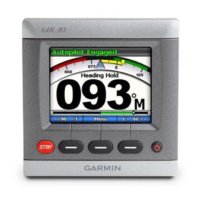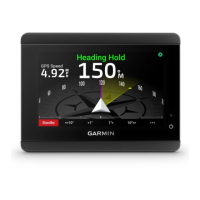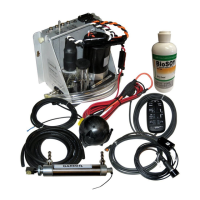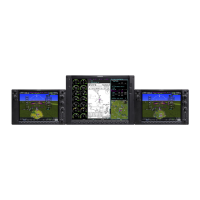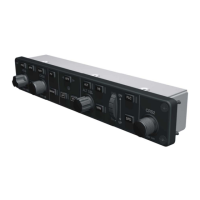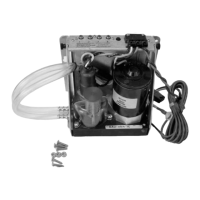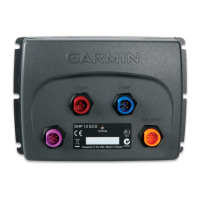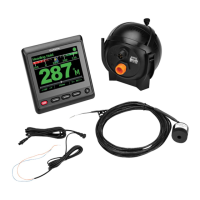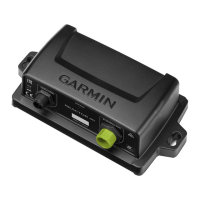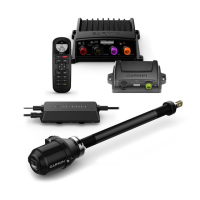In the event of a suspected or actual lightning strike to the aircraft, the bonding
components for the GFC 600 AFCS (bonding straps, mounting hardware etc.) must be
inspected. If any damage is found, damaged components must be replaced in accordance
with specifications and procedures shown in Section 6. If any bonding components are
replaced, measure the resistance between the replaced component and aircraft ground.
Verify the resistance is less than or equal to 2.5mΩ.
4.5 Electrical Bonding Test
The following bonding tests are provided for aircraft that have a GFC 600 AFCS installed as a
requirement beyond any that may be given in the aircraft maintenance manual.
4.5.1 Requirements
All GFC 600 equipment must be installed. For the GMC 605 and GI 285, the tests are
performed with the connectors connected. For the GSA 87, GSA 80/81, and GSM 86, tests are
conducted with the connector disconnected. Gain access for the procedure listed below in
Section 4.5.3 as required and in accordance with the aircraft maintenance manual. It is
recommended that these tests are conducted after visual inspection of the zone to minimize
access requirements.
4.5.2 Test Equipment
A milliohm meter and Kelvin probes are recommended for this test. However, an alternate
method may be used to provide equivalent results by using the following procedure and a
standard voltmeter, power supply with adjustable current limit, and ammeter. The test set up for
this alternate method is described below.
All test equipment used for the bond checks must be calibrated.
1. Connect the positive lead of the power supply to airframe ground. Connect/touch the
positive lead of the voltmeter to the same point.
NOTE
Ensure that the voltmeter and power supply probes do not touch, so as not to
induce contact resistance.
2. Touch negative lead of power supply to each of the test points listed while performing
Step 3. At each required point, configure the power supply to produce 1 amp before
measuring voltage. (Use an ammeter to ensure current is within minimum of 1 amp
±100 milliamp at each point). Do not allow the reference current to exceed 1.5 amps for
safety.
3. With the current set to 1A, the voltage reading will be the value of the bonding
resistance. Set the voltmeter to measure millivolts and null the reading. Measure the
voltage from airframe ground (step 1) to each required test points and record the
voltage. (Perform Step 2 at each required point and ensure that minimum of 1 amp
±100 milliamp is present when measuring the voltage.)
TIP: When a 1A current is used all the millivolt readings are the same as mΩ, and
required no further calculation of bond resistance. If 1 amp reference current cannot
be maintained and is higher divide the measured voltage by current to get the
resistance value.
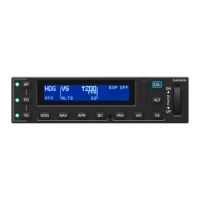
